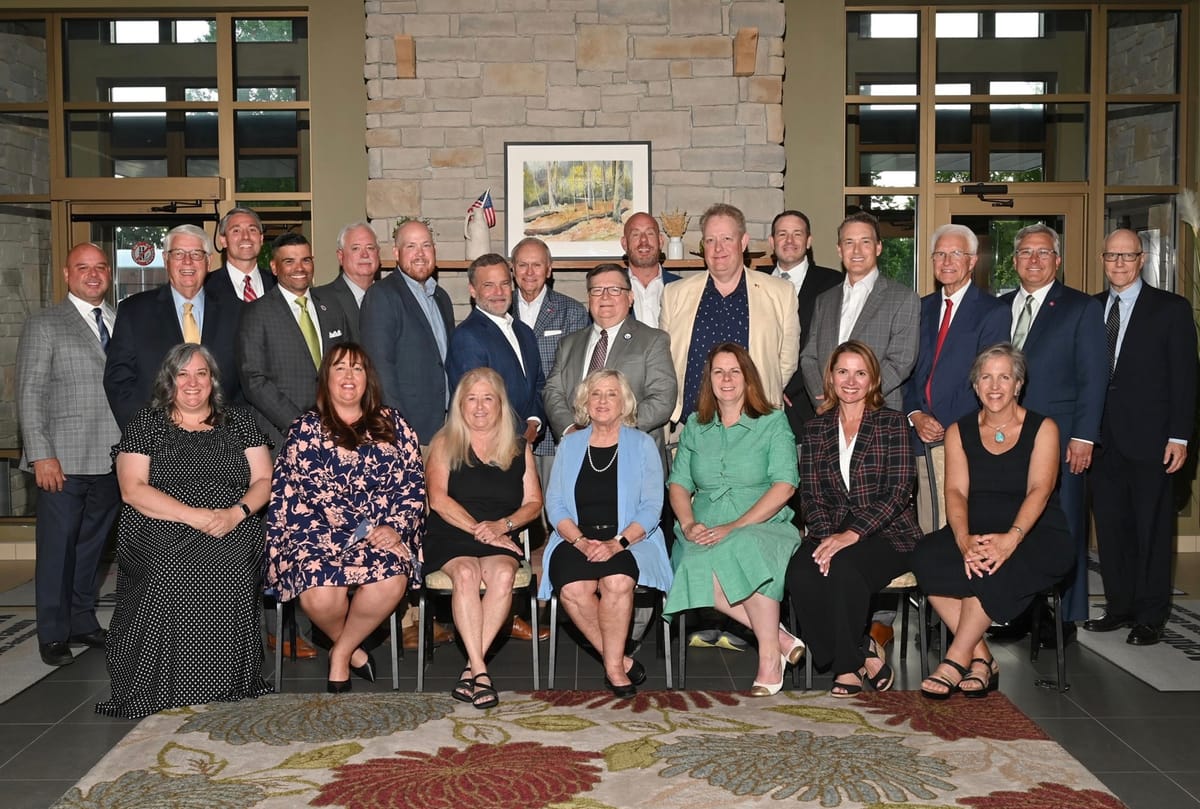D7 Williamson CountyCommissioner Richards: "Our Resolutions Process Needs To Align With The State Constitution". Rules Committee: "No, It Really Doesn't"

This past week, the newest incarnation of the rules committee for the Williamson County Commission were presented with a resolution from D7 County Commissioner Christopher Richards, who is asking that the resolution approval process be refined to better delineate the separation of powers between the legislative and the executive branches of the Williamson County government.
The response from the majority of the rules committee, ranged from “why do we need to change anything from the way we have always done it” (despite how much it doesn’t reflect the spirit of representative government), to “this is way more work than we are prepared to do, and frankly will not do it” even if it doesn’t reflect the constitutional principles that should be present per the Tennessee Constitution.
As previously reported, Richards questioned how the resolution process was being conducted in that it appeared to deviate how and in what cadence resolutions are brought to the Williamson County commission.
According to Richards and other Williamson County Commissioners, this is how the process generally goes: “The resolutions can be brought to the Commission by any individual, commissioner or dept head. They go to committee for discussion and recommendation. From there, they get signed by a County Commissioner (usually the Committee Chair if there isn’t already a sponsoring commissioner) BEFORE being filed with the County Clerk and going to the final commission meeting for a vote.”
This appears to deviate from the rules for resolutions according to Williamson County’s own processes, which were updated as recently as 2022.
According the rules which indicate that while resolutions can be written by any individual, they are to be brought by no one other than a county commissioner, who with consent and understanding signs on as a sponsor, and that those resolutions, if you follow the order in which the rules indicate the stages of the process, are then sent to their respective committees for review and debate.
What appears to be the process after that, is those resolutions which survive the committee process are then put before the entire committee for a vote and possible adoption.
If this sounds familiar, that is because it is. From the top of our federal government all the way down to local municipalities, our legislative bodies are designed to work basically the same way.
For all intents and purposes, resolutions work the same way as bills work up on our Capitol Hill in Nashville. They are recommendations for policy, brought forth by a representative of the people.